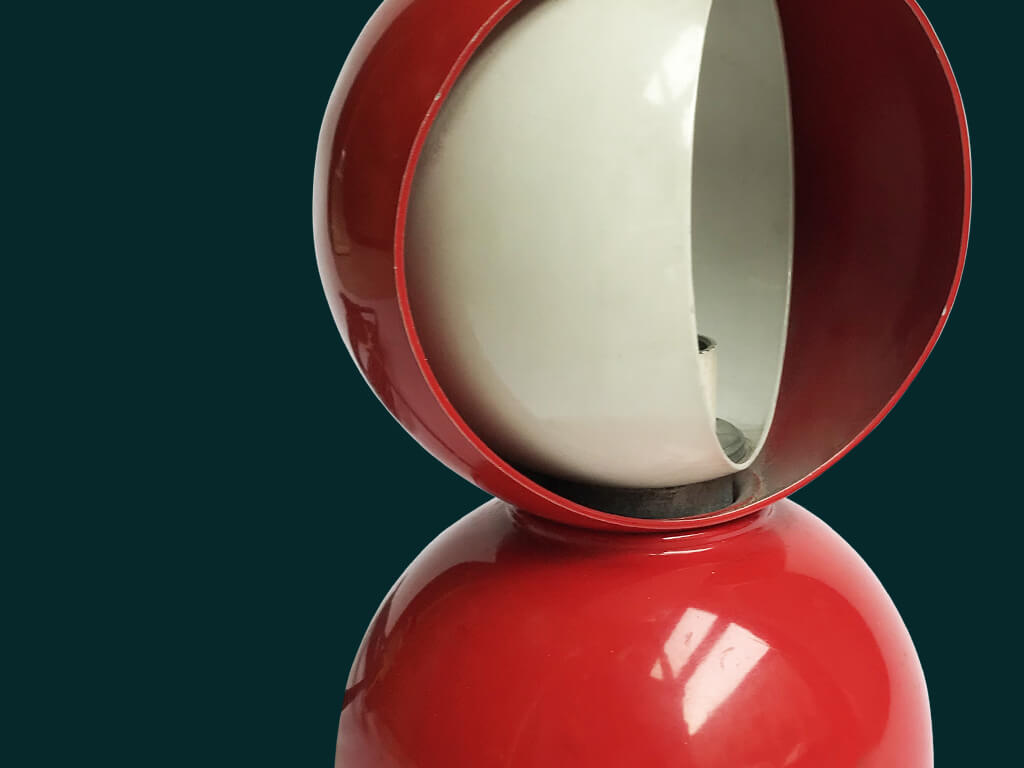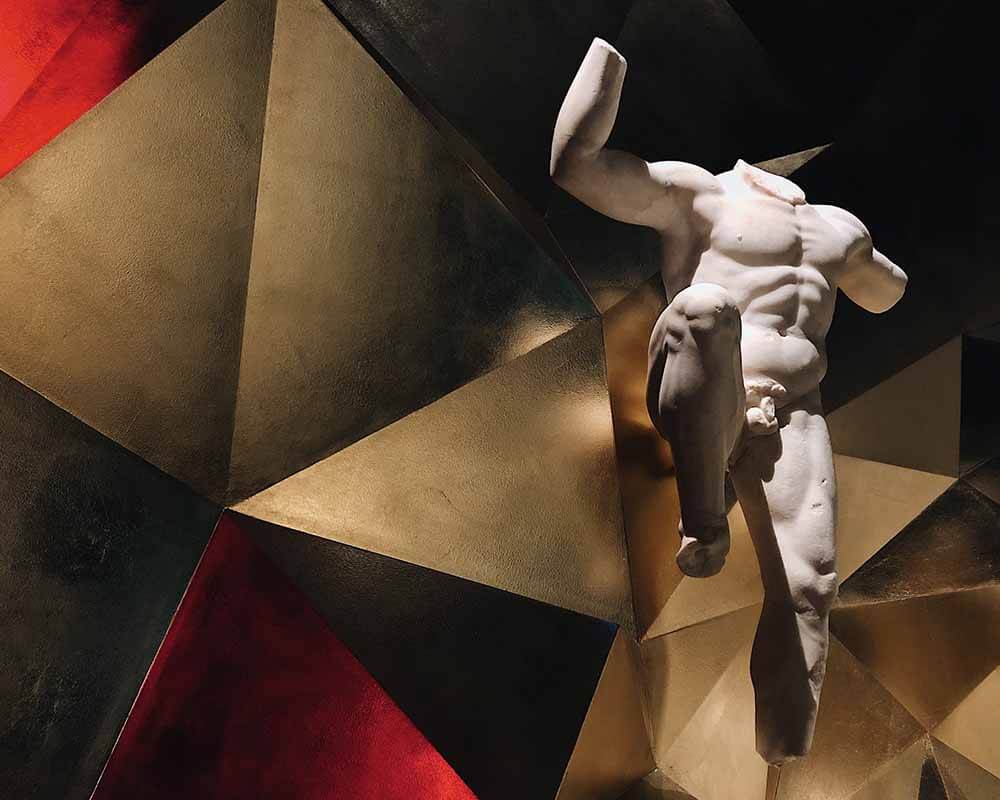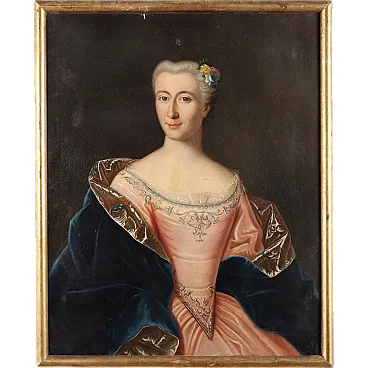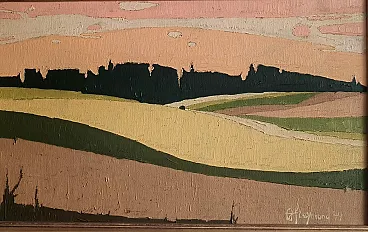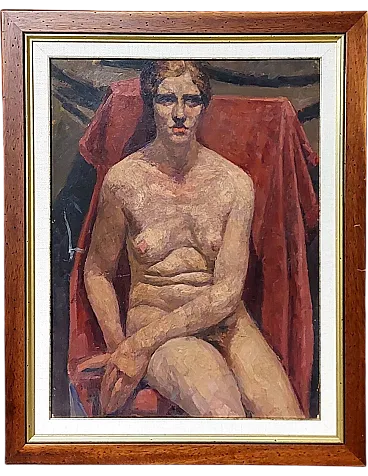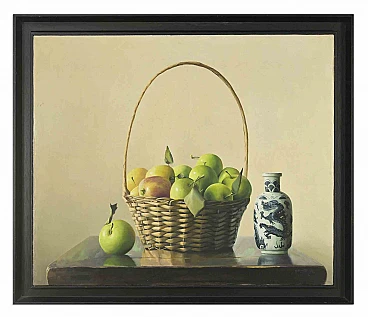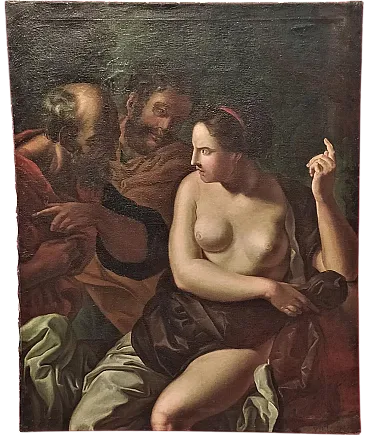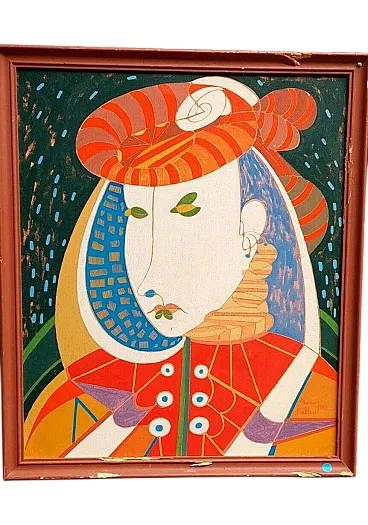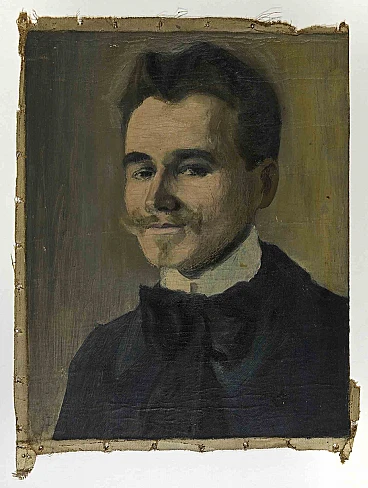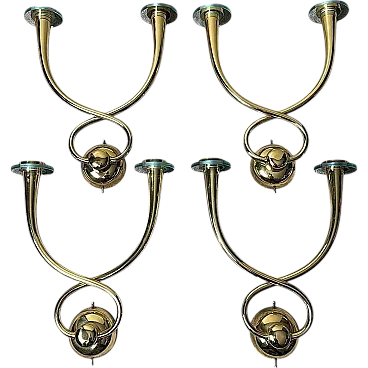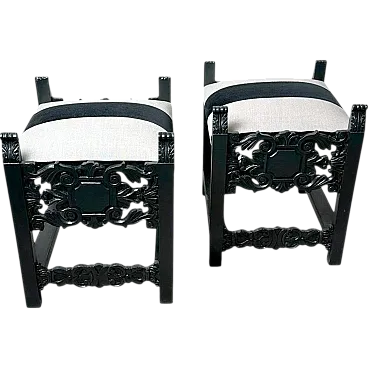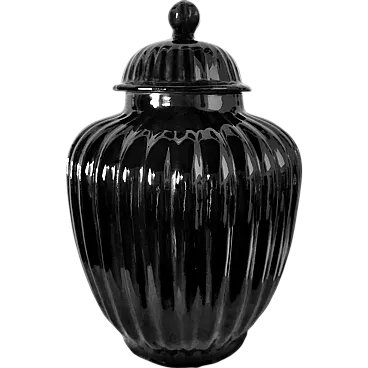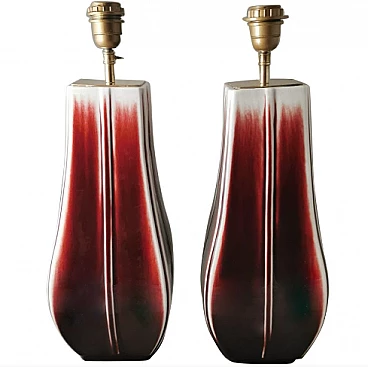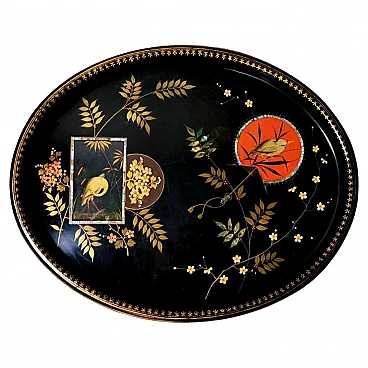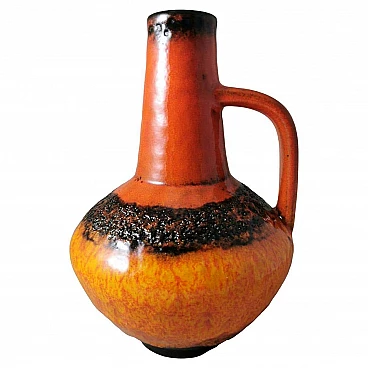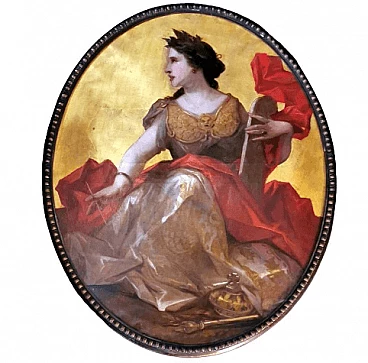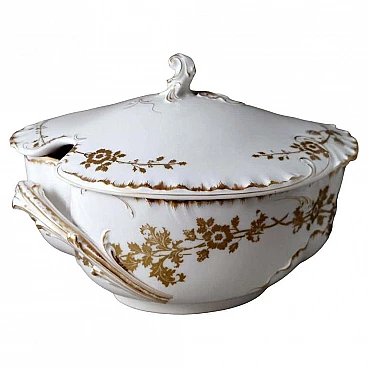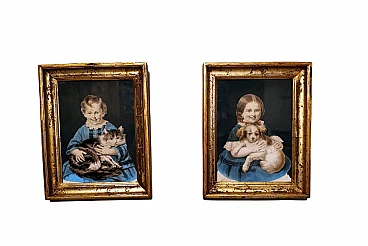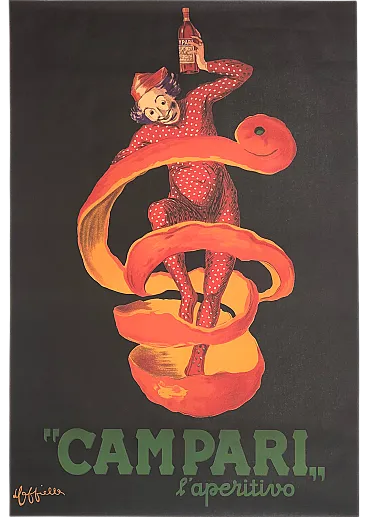The frame enclosing the two prints is particularly unique and unusual. It was recently crafted by an experienced master cabinetmaker who has a workshop in one of the most “cool” neighborhoods of Florence: San Frediano, renowned for its charming and unique artisan workshops where handmade goods are produced. The master craftsman inserted four shiny mirrors on the sides of the flat part of the frame, tilting them outward. He also painted the outer part and the inner edge with gold, creating an overall optical effect that is bright, elegant, and sophisticated. The prints are enclosed within the frame by a refined cream-colored mat with a gold border. The prints are original paper artworks, not pages from a book. They were printed in London between 1900 and 1905 using the "chromolithography" technique (from the Greek chromo meaning color, lithos meaning stone and graphia meaning drawing), a method developed in 1837 that involves overlaying images of different colors, each engraved on a separate stone. This process allowed for vibrant tones and shades, successfully mimicking the colors of tempera paintings. The prints depict two beautiful and important flowers: on the left, the Rock Rose, known as cistus, and on the right, the Betony flower. The cistus belongs to the Cistaceae family and grows in rocky and arid areas, particularly in the Mediterranean. It is known for its delicate flowers, usually white, pink, or purple, and for its ability to thrive in harsh environments. In the language of flowers, the cistus symbolizes: • Resilience and inner strength: As a flower that grows in difficult conditions, it represents the ability to overcome adversity and challenges. • Ephemeral beauty: Despite its beauty, the cistus flower has a very short lifespan, symbolizing the fleeting nature of life and transient beauty. • Protection: In some cultures, the cistus is believed to have protective properties, especially in herbal medicine, where certain varieties are used for their beneficial effects. The cistus has a long history of medicinal and symbolic use. In Mediterranean herbal traditions, a resin called labdanum is extracted from certain cistus varieties (such as Cistus ladanifer), which was used by ancient Egyptians in perfumes and incense. Labdanum resin was considered sacred, used in religious ceremonies, and even as a healing ointment. In some legends, the cistus is associated with stories of spiritual protection and healing, as its fragrance was believed to ward off evil spirits. In ancient Mediterranean civilizations, the cistus was also associated with purification and regeneration, as it flourished in barren and rocky lands, bringing life where it seemed impossible. Its delicate appearance, combined with its resilience to harsh environments, makes it a powerful symbol of perseverance and beauty despite difficulties. The Betony flower, also known as Stachys officinalis, belongs to the Lamiaceae family. It is a perennial herb with purple flowers that grow in spikes and mint-like leaves. It has long been valued for its medicinal properties and symbolic meaning. In the language of flowers, betony represents: • Protection: Historically, betony has been associated with physical and spiritual protection, and was believed to ward off harm. • Healing: Due to its herbal properties, it is also a symbol of health and healing. • Mental strength and clarity: In ancient times, this plant was thought to enhance the mind and bring calm and mental clarity. Betony has a rich history of legends and folklore. In ancient Rome, the physician Antonius Musa, personal doctor to Emperor Augustus, praised betony for its numerous healing powers and wrote a treatise listing 47 ailments that could be cured with this plant. It was considered a universal remedy for physical and spiritual ills, which is why it was commonly found in medieval herbal gardens. During the Middle Ages, betony was so revered that there was a popular saying: "Sell your coat and buy betony," highlighting its importance for health and well-being. The plant was also believed to possess magical and spiritual powers. It was used to create amulets to protect against evil spirits and to shield homes from negative forces. Additionally, betony was often planted in cemeteries to protect the deceased from evil spirits and grant them peace. Its combination of protective and healing meanings makes it a symbolically powerful plant, widely used not only in medicine but also in spiritual and protective rituals. Our frame, featuring these two flowers, is perfect for easily decorating any room in the house, both for the symbolism behind the prints and for the splash of color they provide. Dimensions: Width 49 cm, Height 35 cm, Depth 3 cm. Each print measures 18x12 cm.
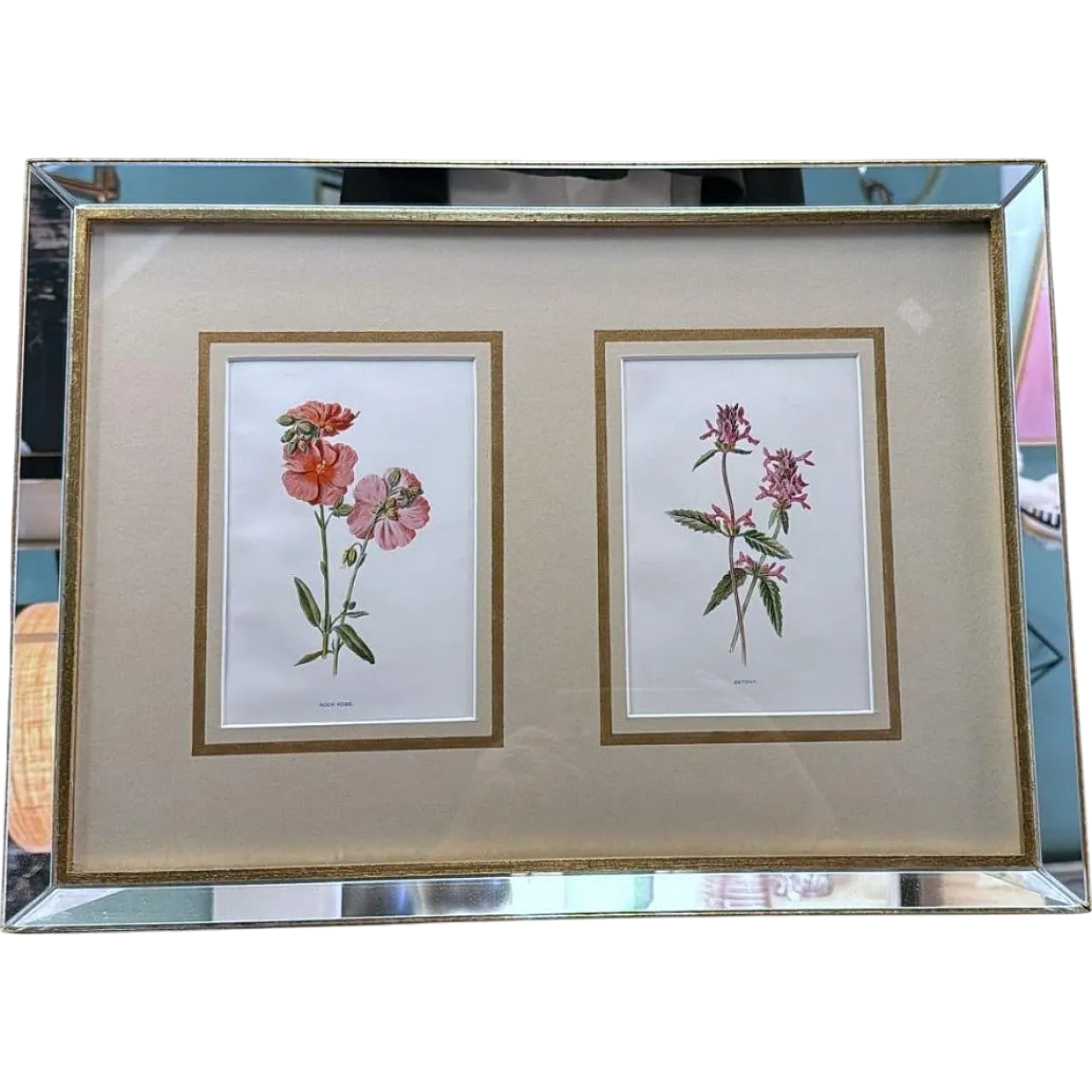
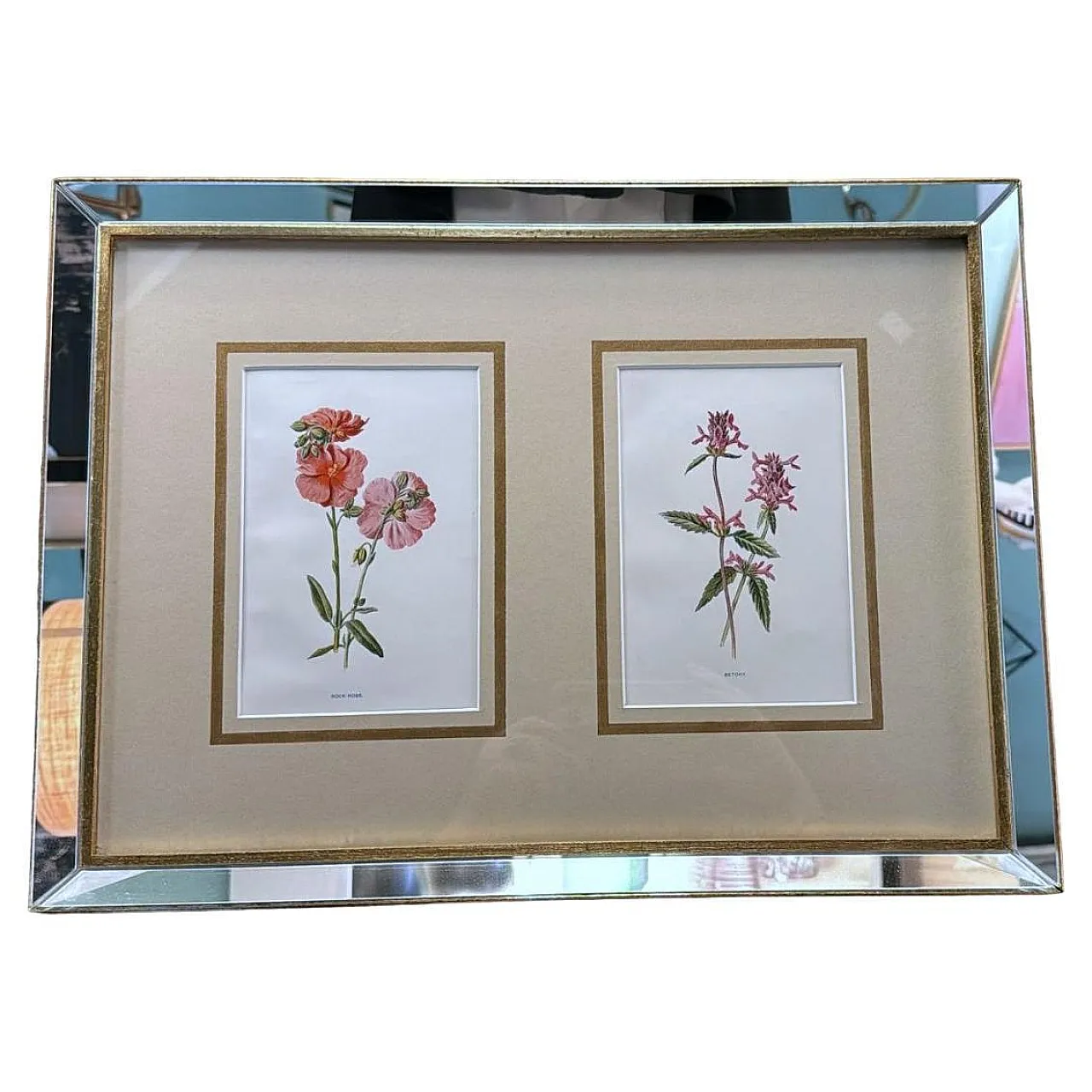
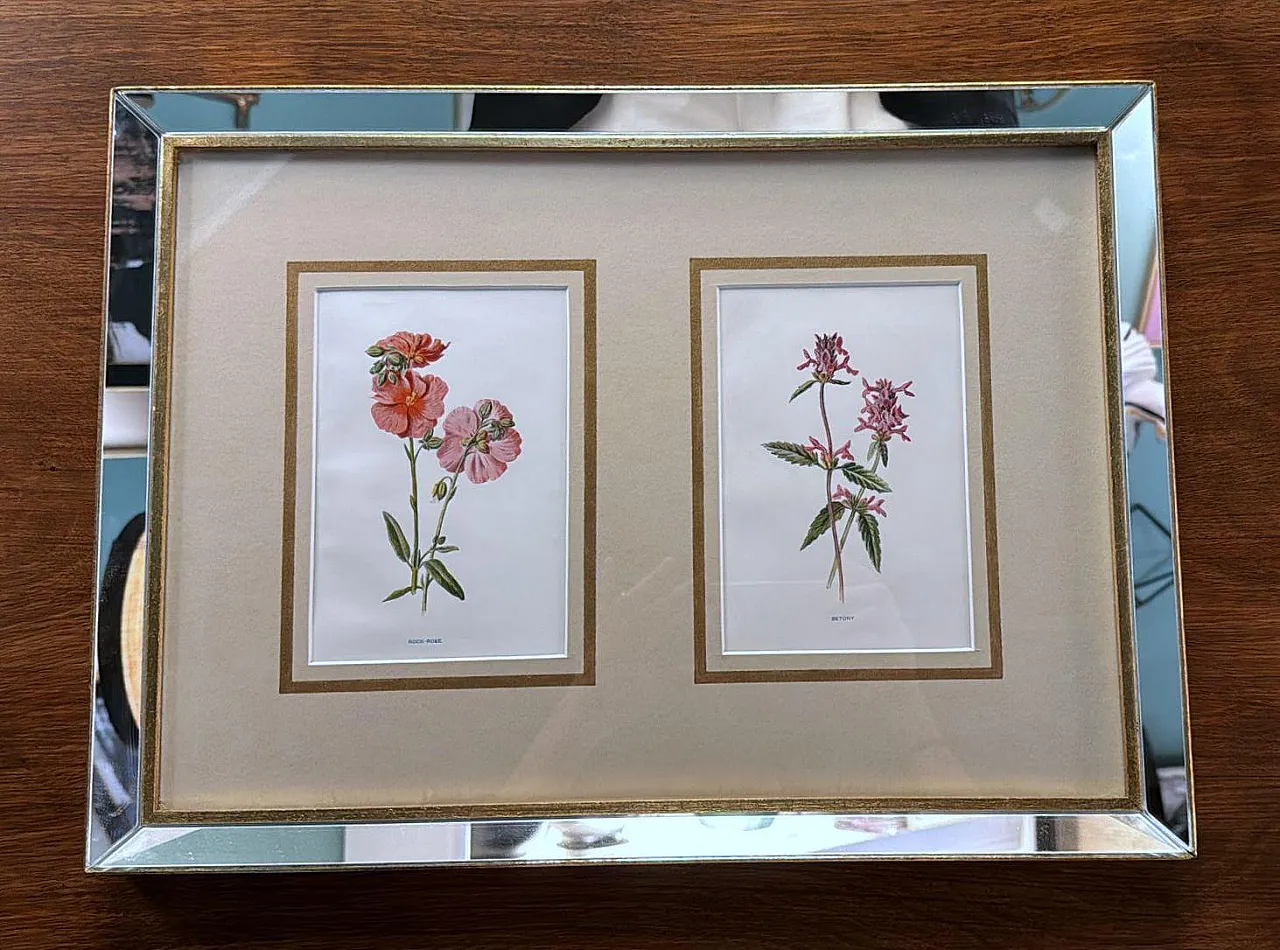
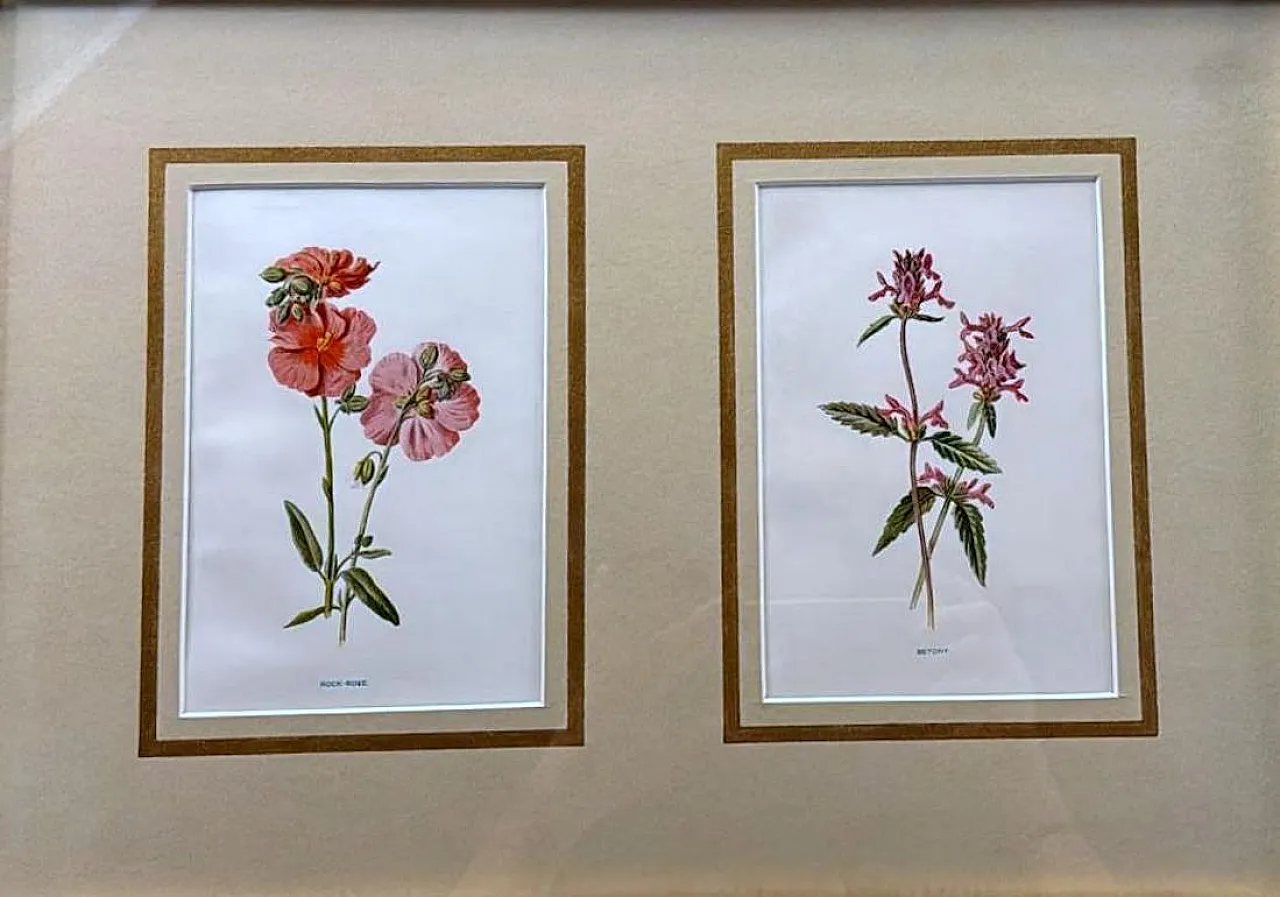
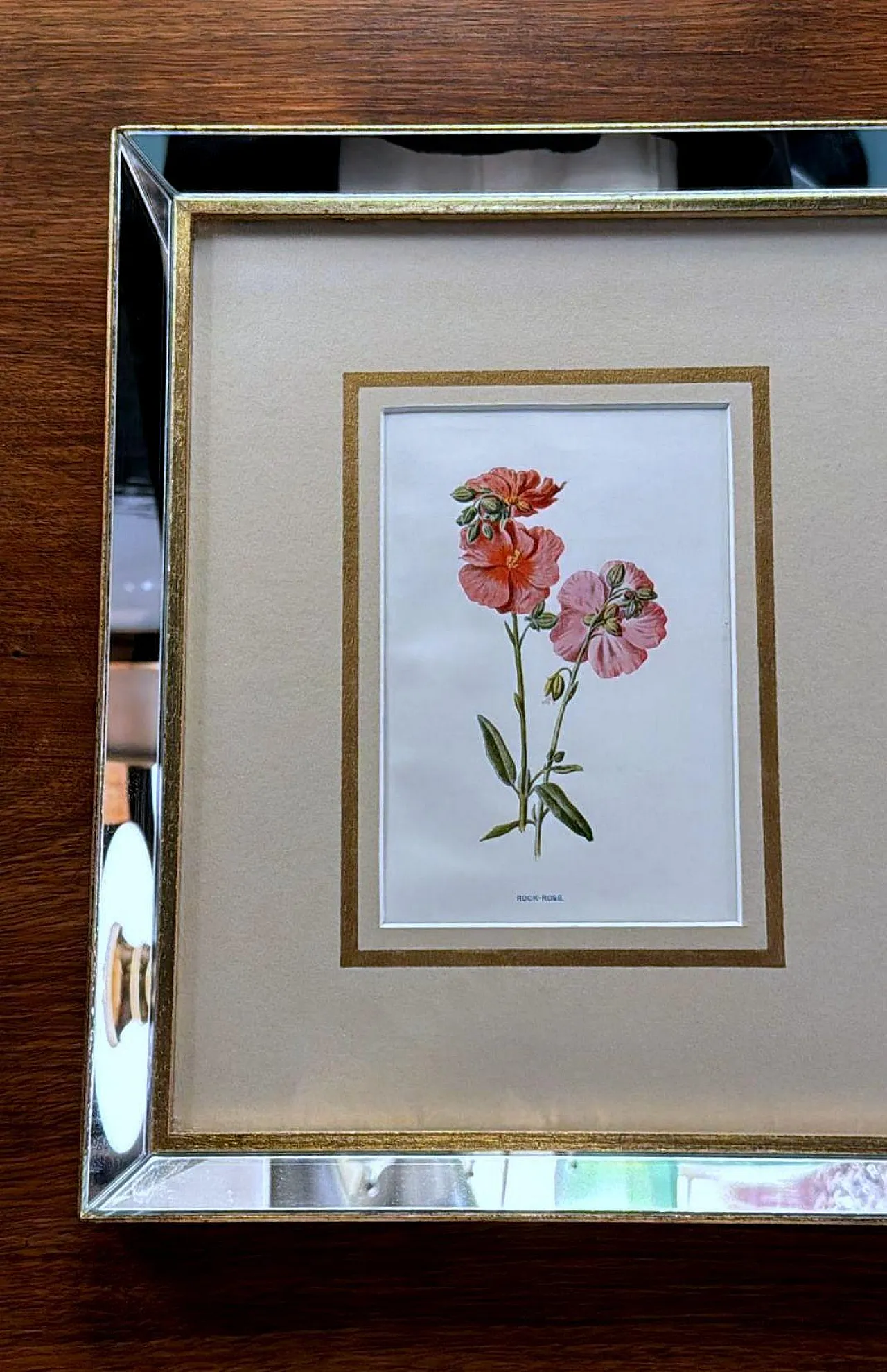
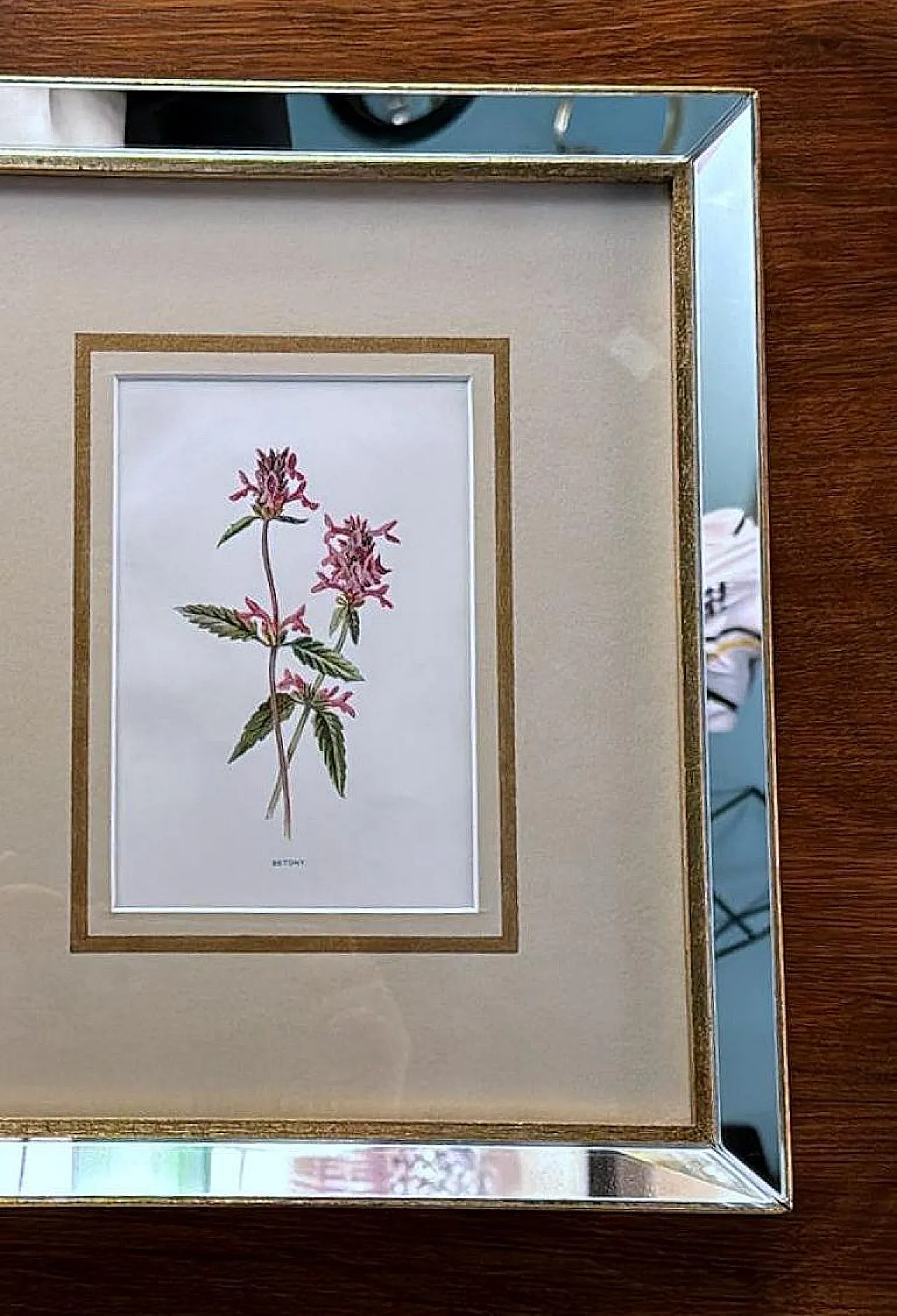
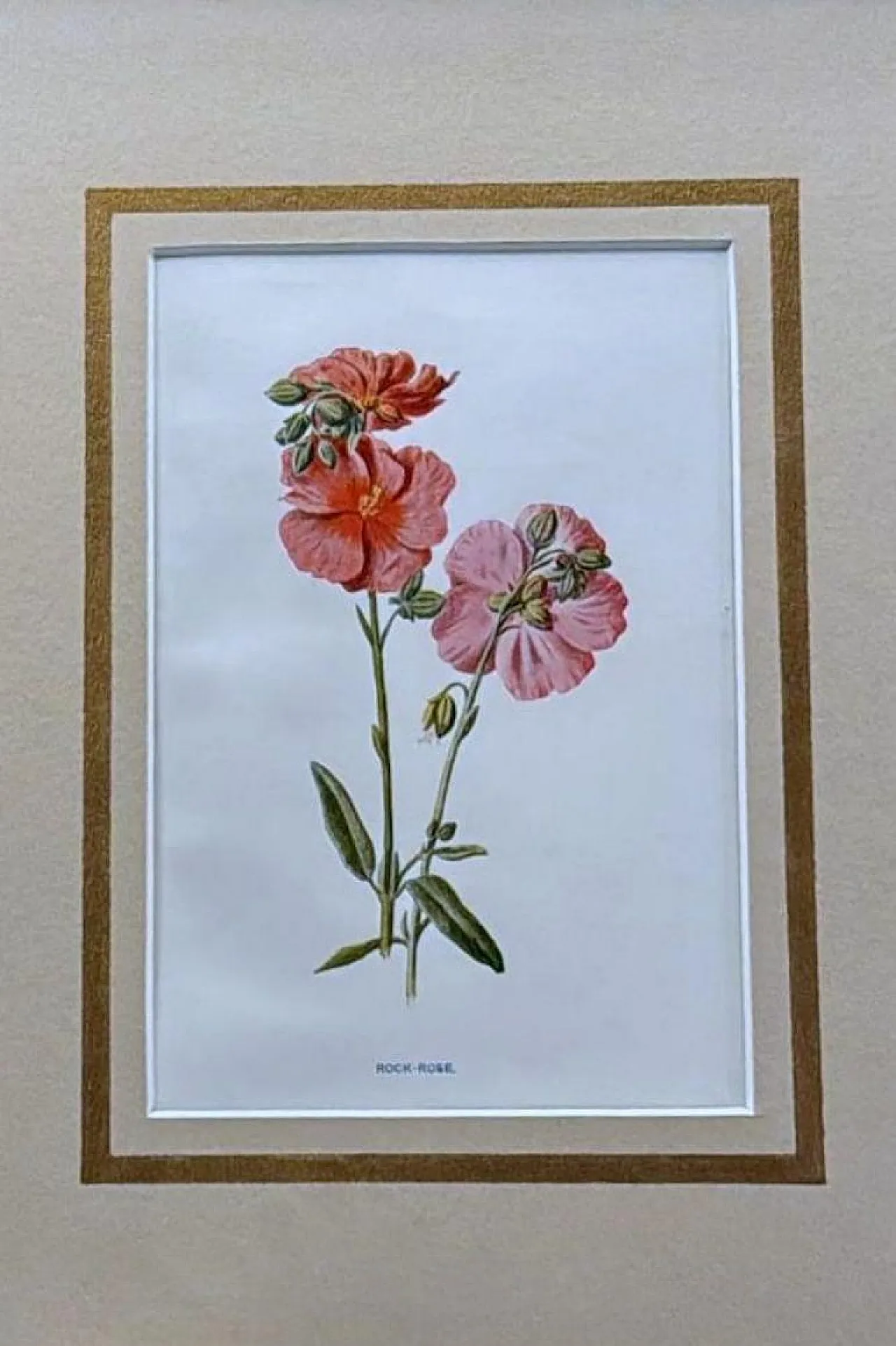
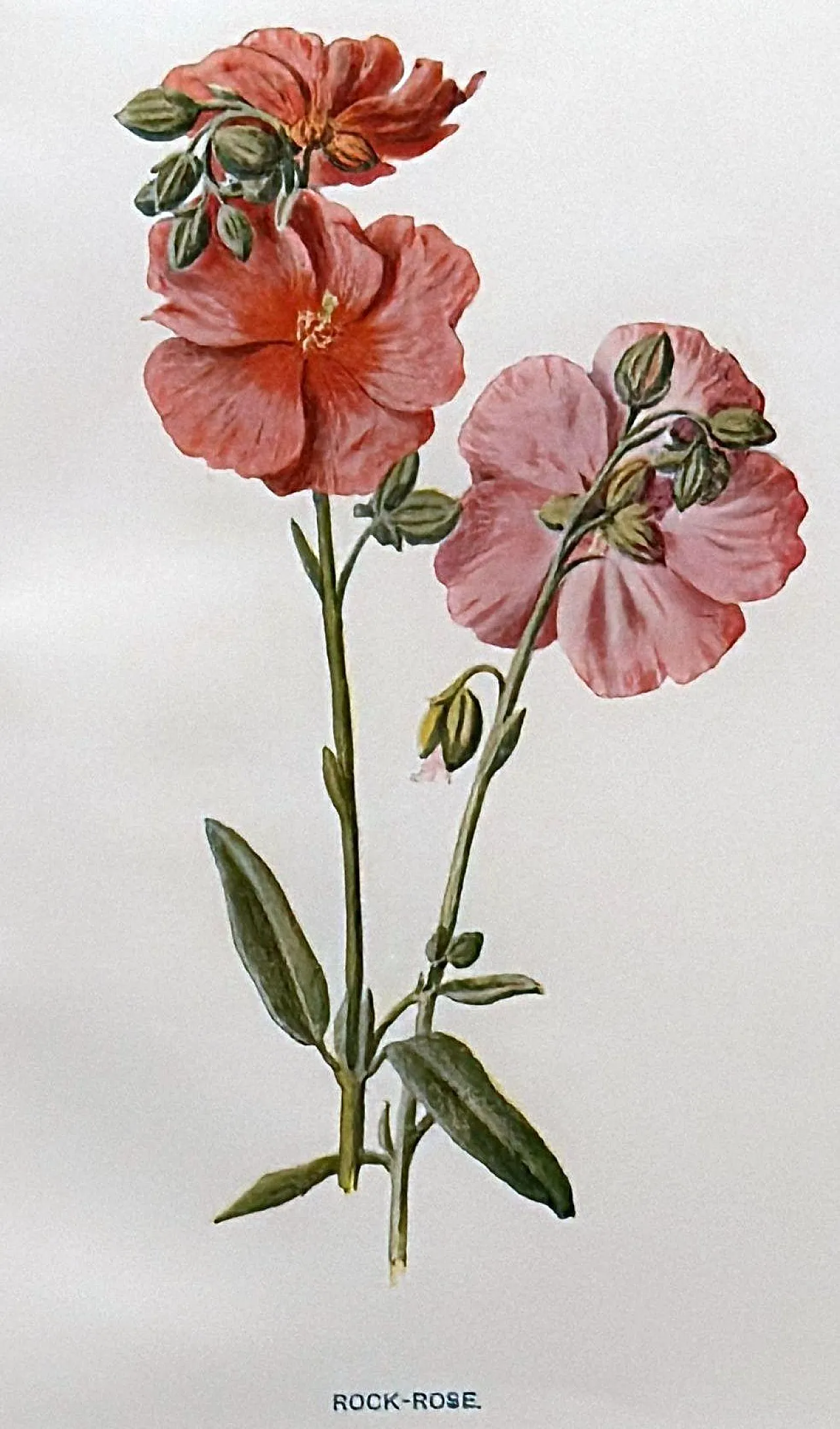
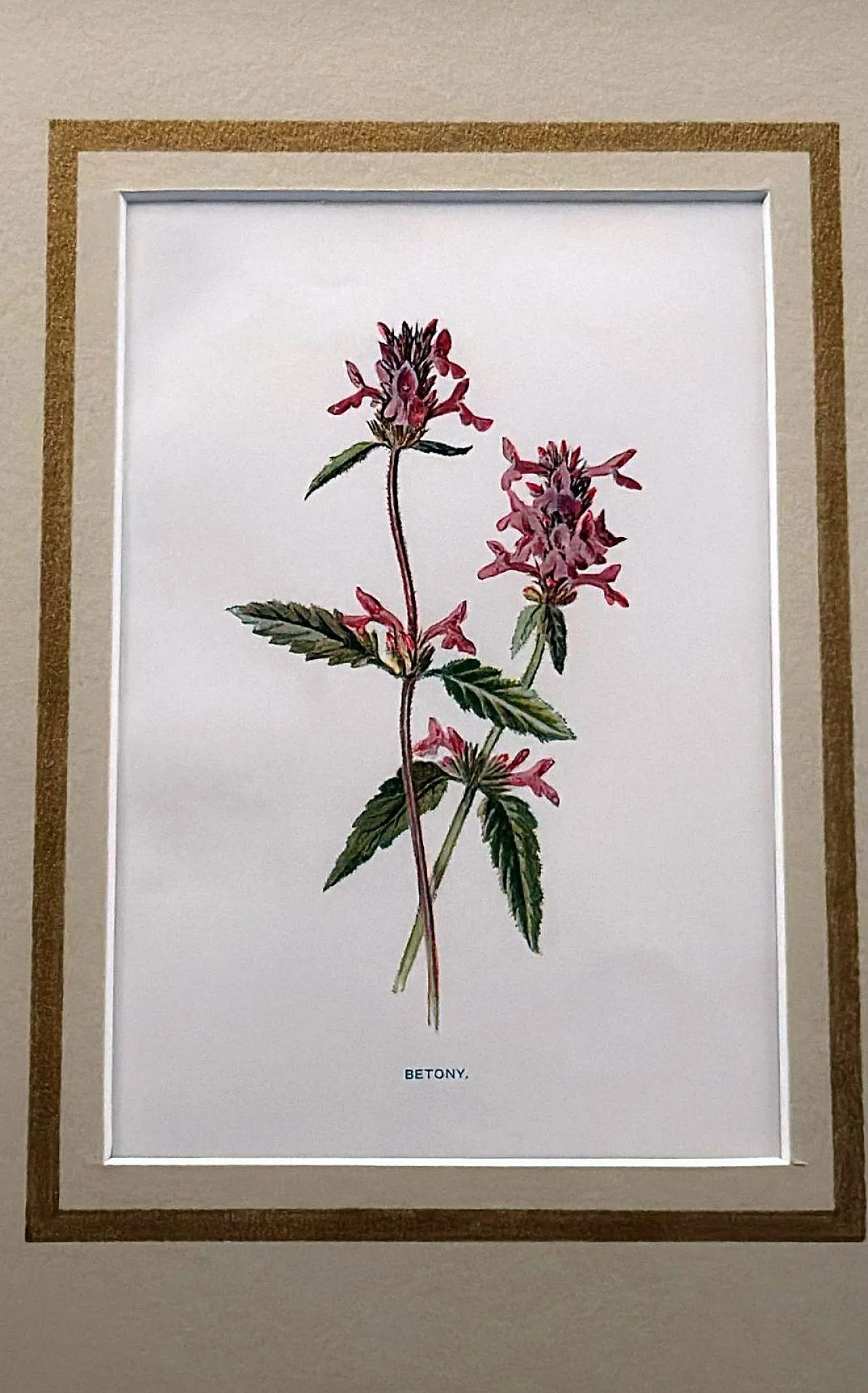
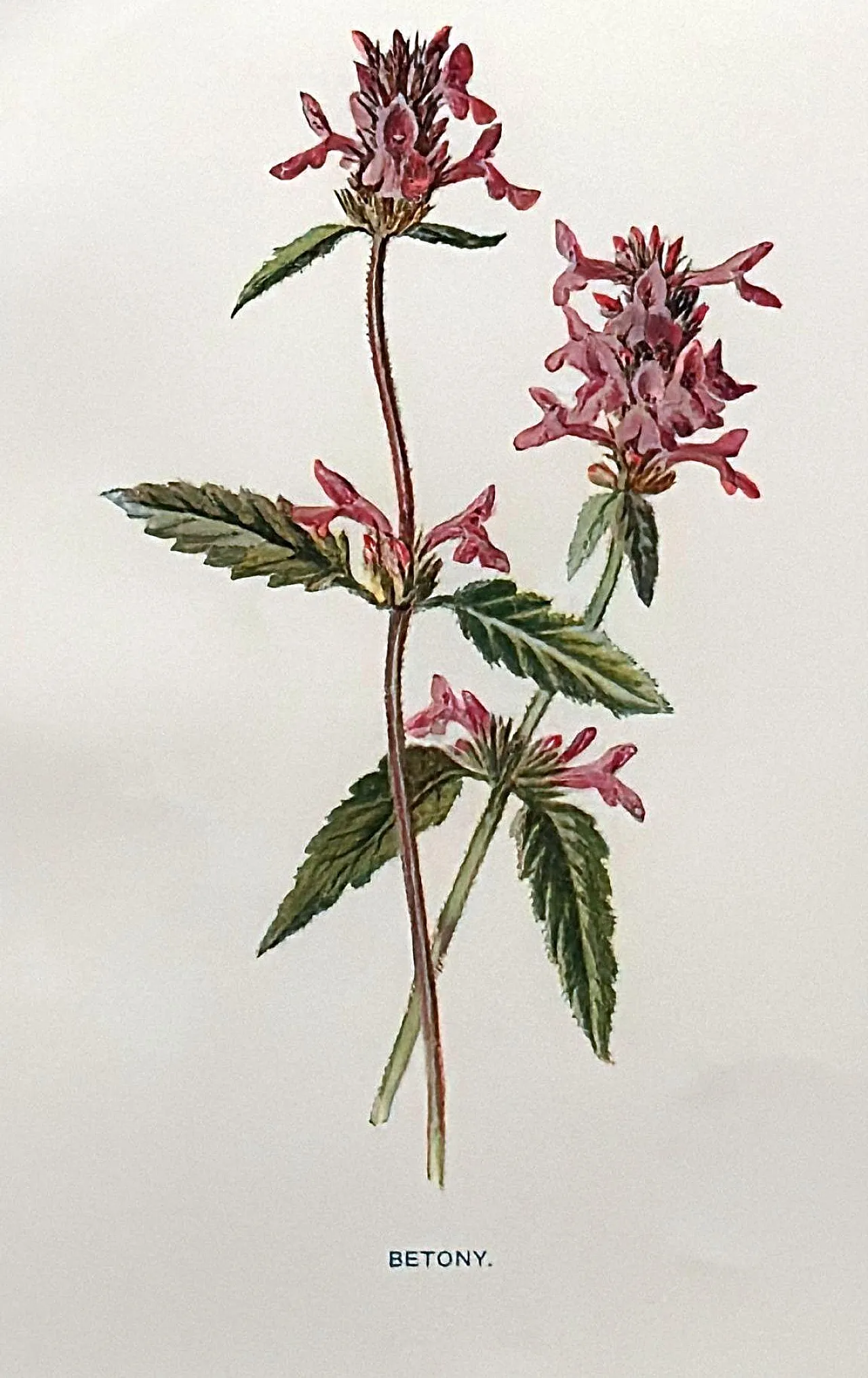

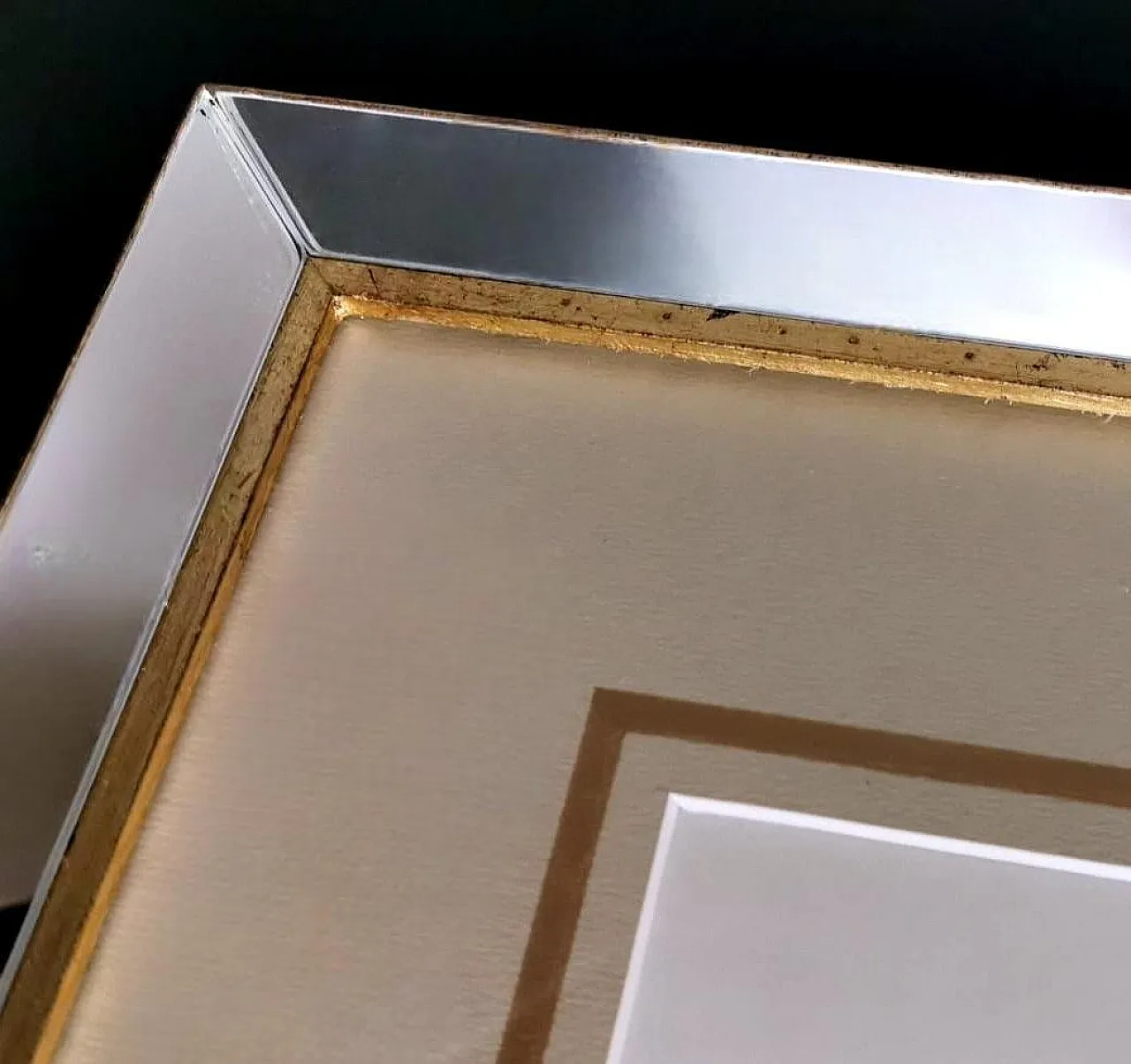

 SILVER Seller in Prato, Italy
SILVER Seller in Prato, Italy






.png)

